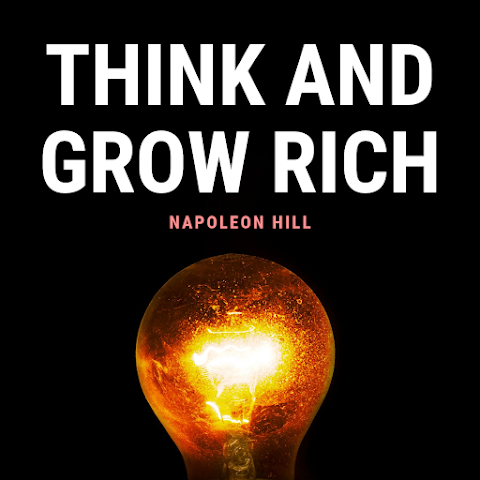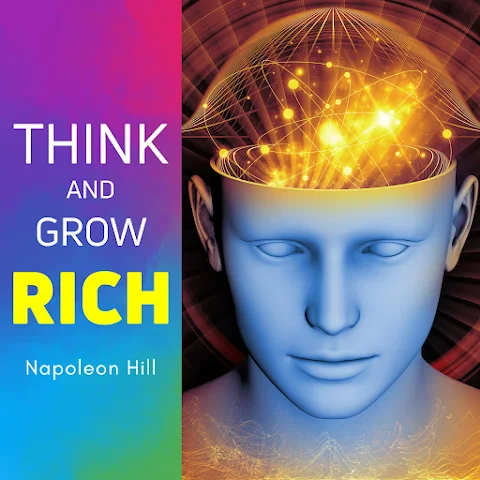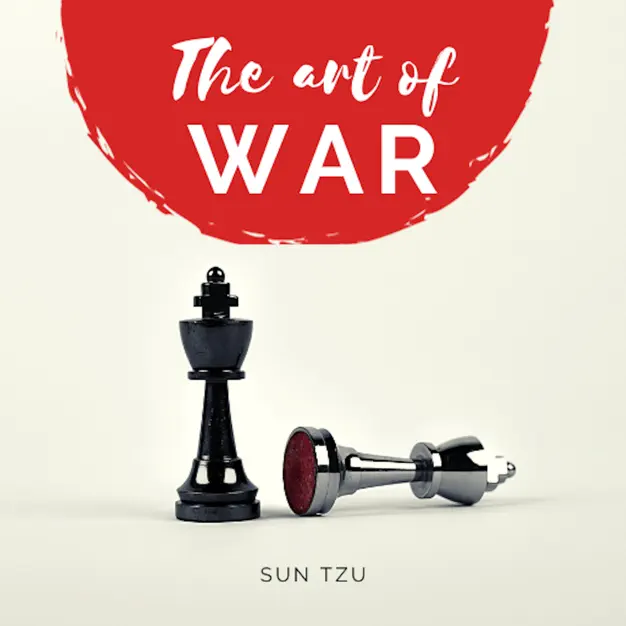Introduction
The Count of Monte Cristo is a masterwork of symbolic storytelling, where every element carries deeper meaning beyond its surface appearance. From the transformative symbolism of imprisonment to the recurring motifs of disguise and revelation, these literary devices create a rich tapestry of meaning that enhances the novel's themes of revenge, justice, and redemption. This comprehensive analysis explores the various symbols and motifs that Dumas weaves throughout his narrative, examining their historical context, literary significance, and contribution to the overall meaning of the work.
Listen to the Symbolic Journey:
Listen on SpotifyPrimary Symbols
The Château d'If
The prison serves as the novel's most powerful and multifaceted symbol, representing:
Physical and Spiritual Confinement
- Representation of state power and oppression
- Physical manifestation of social injustice
- Symbol of mental and emotional imprisonment
- Reflection of society's moral darkness
Transformative Space
- Crucible of personal metamorphosis
- Site of educational and spiritual growth
- Death of old identity
- Birth of new self
Historical Significance
The Château d'If's historical context adds layers of meaning:
- Real fortress prison near Marseille
- Symbol of French monarchical power
- History of political imprisonment
- Architectural manifestation of isolation
The Treasure of Monte Cristo
Material Wealth
- Power of financial resources
- Tool for social manipulation
- Means of revenge
- Symbol of divine providence
Spiritual and Intellectual Wealth
- Knowledge gained from Abbé Faria
- Wisdom through suffering
- Cultural sophistication
- Personal growth and development
Historical Context
The treasure's historical significance includes:
- Connection to Borgia family history
- Medieval church wealth
- Mediterranean trade and piracy
- Cultural exchange between civilizations
The Island of Monte Cristo
Geographical Symbolism
- Isolation and solitude
- Natural fortress
- Hidden potential
- Untouched paradise
Spiritual Significance
- Place of rebirth
- Source of power and identity
- Sacred space of transformation
- Connection to divine providence
Recurring Motifs
Disguise and Identity
Physical Disguises
- Count of Monte Cristo persona
- Lord Wilmore alias
- Abbé Busoni character
- Sinbad the Sailor identity
Psychological Masks
- Social facades
- Hidden motivations
- Emotional concealment
- Protection mechanisms
Social Implications
The motif of disguise reflects broader themes:
- Class mobility and social performance
- Identity construction in society
- Power of appearance and perception
- Truth versus deception
Death and Rebirth
Physical Death
- Symbolic death in prison
- Faked deaths and resurrections
- Natural and orchestrated endings
- Death as transformation
Spiritual Rebirth
- Personal transformation
- Moral regeneration
- Social reincarnation
- Psychological renewal
"Life is a storm, my young friend. You will bask in the sunlight one moment, be shattered on the rocks the next. What makes you a man is what you do when that storm comes."
The Sea
Symbolic Meanings
- Freedom and possibility
- Danger and uncertainty
- Life's journey
- Divine providence
Maritime Themes
- Sailor's life and culture
- Mediterranean trade routes
- Naval power and commerce
- International connections
Color Symbolism
Significant Colors
- Black
- Death and mourning
- Mystery and secrecy
- Power and authority
- Revenge and darkness
- Red
- Passion and emotion
- Blood and violence
- Power and nobility
- Love and hatred
- White
- Innocence and purity
- Truth and revelation
- Divine guidance
- Moral clarity
- Gold
- Wealth and power
- Divine providence
- Corruption and greed
- Transformation and alchemy
Symbolic Objects
Personal Items
- The Diamond Ring
- Symbol of betrothal and loyalty
- Token of broken promises
- Wealth and social status
- Material versus emotional value
- Letters and Documents
- Evidence of truth
- Power of written word
- Historical record
- Legal and social proof
- Weapons
- Tools of justice/vengeance
- Power over life and death
- Honor and dueling culture
- Social violence
- Poison
- Hidden danger
- Corruption of soul
- Subtle revenge
- Scientific knowledge
Literary Significance
Narrative Function
The symbols and motifs serve multiple narrative purposes:
- Plot Development
- Foreshadowing events
- Creating suspense
- Connecting storylines
- Deepening meaning
- Character Development
- Revealing inner states
- Showing transformation
- Illustrating relationships
- Expressing motivations
- Thematic Enhancement
- Reinforcing main themes
- Adding layers of meaning
- Creating resonance
- Building complexity
Conclusion
The rich tapestry of symbols and motifs in The Count of Monte Cristo creates a complex network of meaning that enhances the novel's themes of revenge, transformation, and justice. Through these literary devices, Dumas crafts a narrative that operates on multiple levels, engaging readers both emotionally and intellectually. The careful integration of symbolic elements with historical context and psychological insight produces a work of remarkable depth and lasting significance.
These symbolic elements continue to resonate with modern readers, offering insights into human nature, social dynamics, and moral complexity. Their universal qualities transcend their historical context, making The Count of Monte Cristo a perpetually relevant exploration of human experience and moral transformation.



